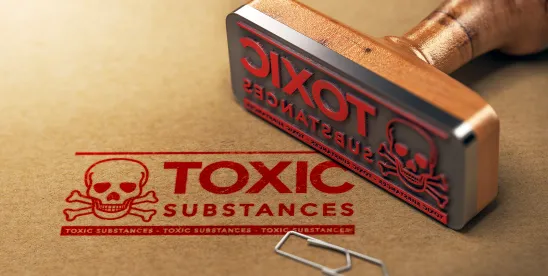On May 20, 2025, the U.S. Environmental Protection Agency (EPA) released a proposed rule that would extend certain compliance dates in the final risk management rule for methylene chloride under the Toxic Substances Control Act (TSCA) “to ensure long-term compliance with the rule’s requirements.” The proposed rule would extend the Workplace Chemical Protection Program (WCPP) compliance dates for non-federal laboratories by an additional 18 months to align with the dates allowed for federal laboratories and their contractors. If issued in final, the rule would extend the following compliance dates for non-federal laboratories: for initial monitoring from May 5, 2025, to November 9, 2026; for establishing regulated areas and ensuring compliance with the Existing Chemical Exposure Limit (ECEL) from August 1, 2025, to February 8, 2027; and for ensuring the methods of compliance as well as developing and implementing an exposure control plan from October 30, 2025, to May 10, 2027.
According to EPA, shortly after it published the 2024 final rule, “representatives from various laboratories using methylene chloride contacted EPA with questions and concerns including on the applicability of the rule and the requirements for WCPP compliance.” EPA states that “[m]any of these laboratories, especially those associated with local governments or universities on fixed budget cycles that did not contemplate these requirements, use methylene chloride in small quantities and somewhat infrequently and are facing challenges completing the rule’s initial monitoring requirements across potentially hundreds of labs in such a short timeframe.” The proposed rule would avoid disrupting important environmental monitoring and associated activities, while these non-federal labs work to comply with the rule’s new requirements.
EPA has posted a pre-publication version of the proposed rule. Once it is published in the Federal Register, a 30-day public comment period will begin. EPA notes that while it is proposing new compliance dates, the deadlines in the final rule remain effective until modified through this rulemaking. According to EPA, enforcement of the deadlines in the final rule “is a low enforcement priority for the agency, and EPA intends to focus its resources on compliance with the new compliance dates that may be established by this rulemaking.” EPA states that it “retains the right to take action to address imminent and substantial threats necessary to human health and the environment.” More information on the final risk management rule is available in our May 17, 2024, memorandum.




 />i
/>i
